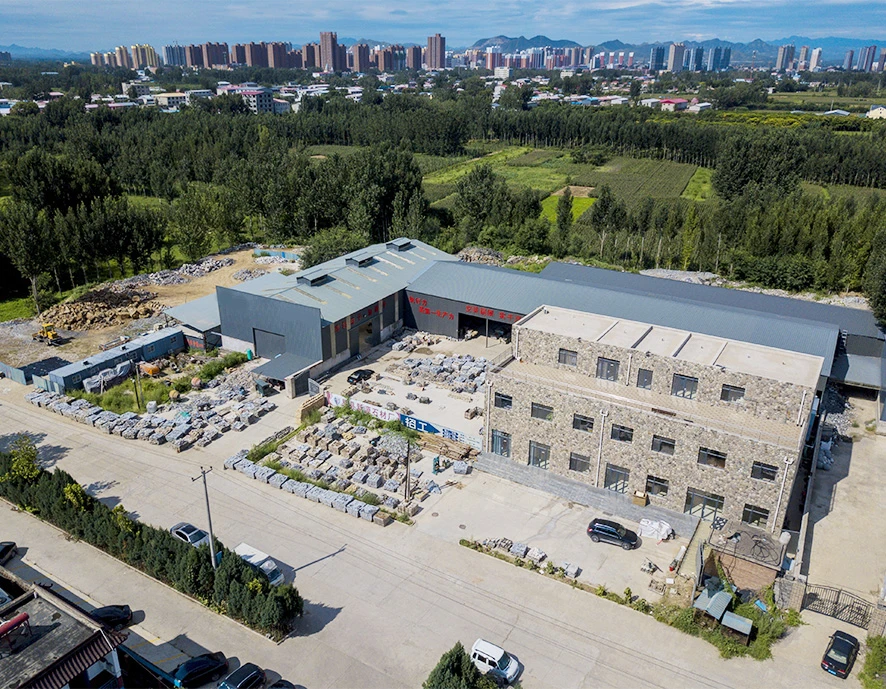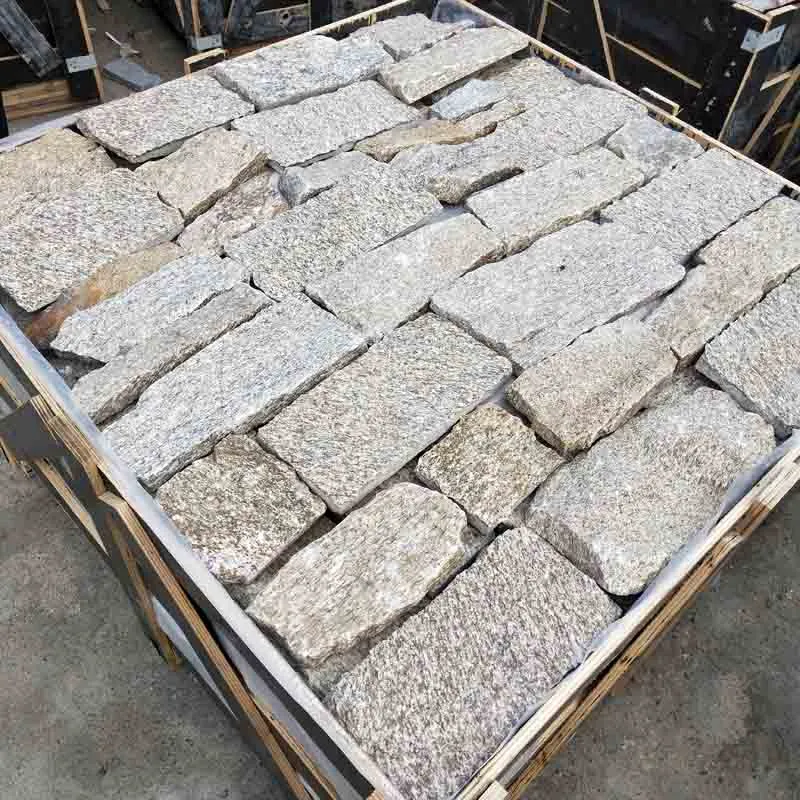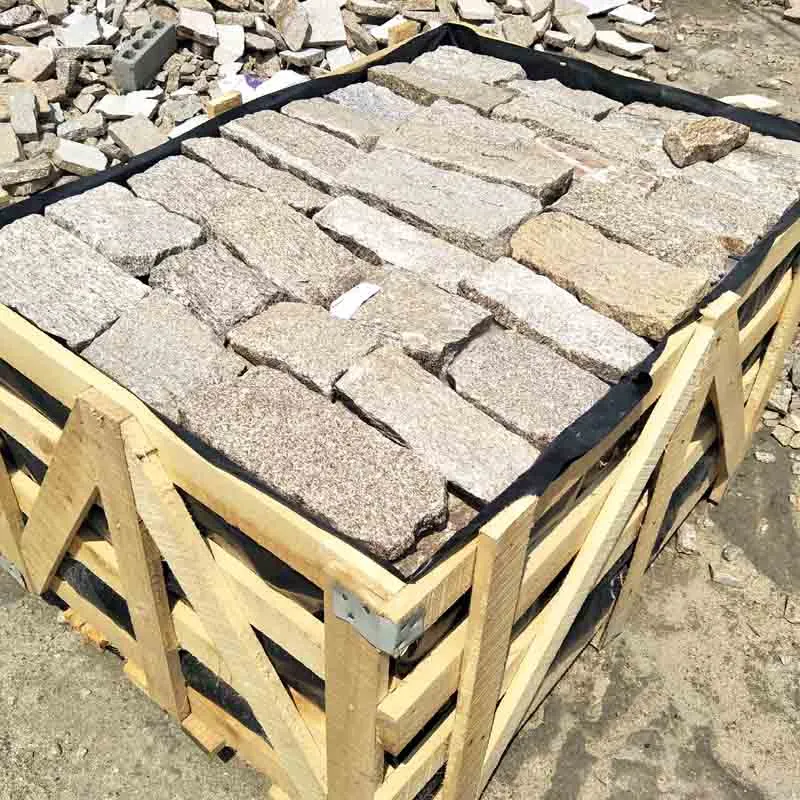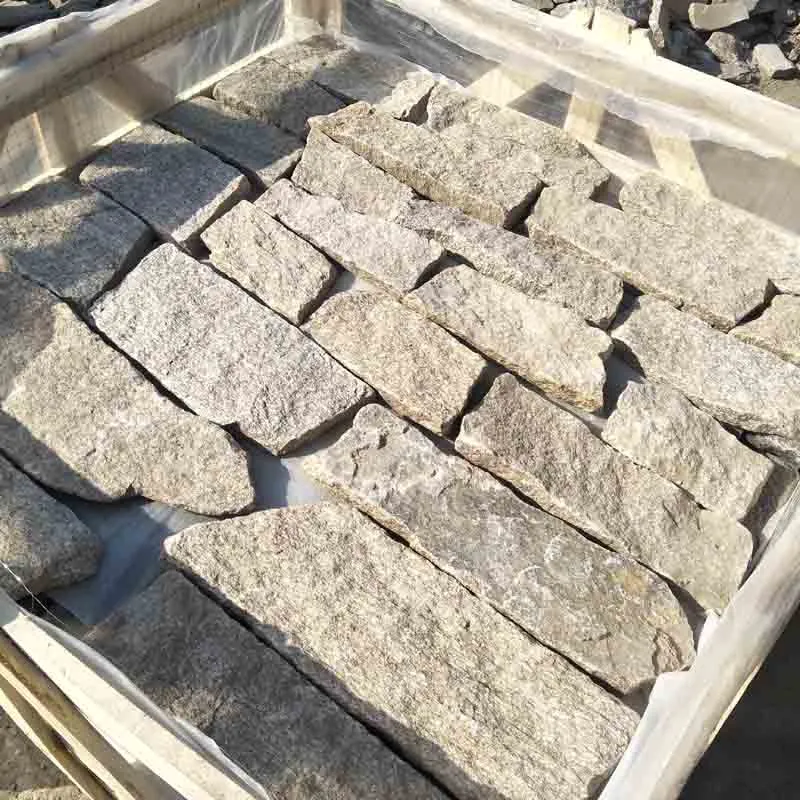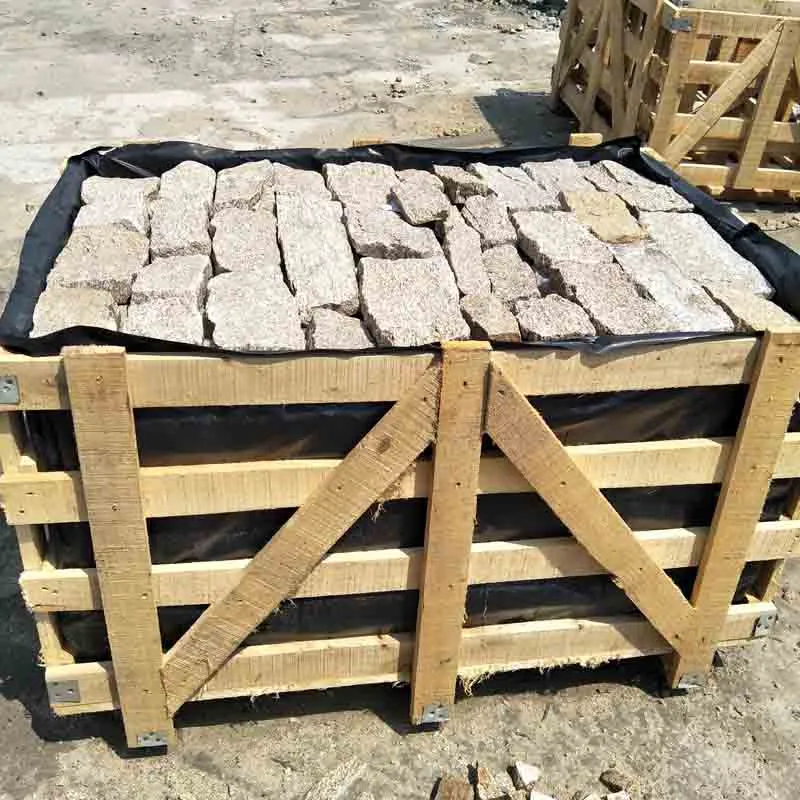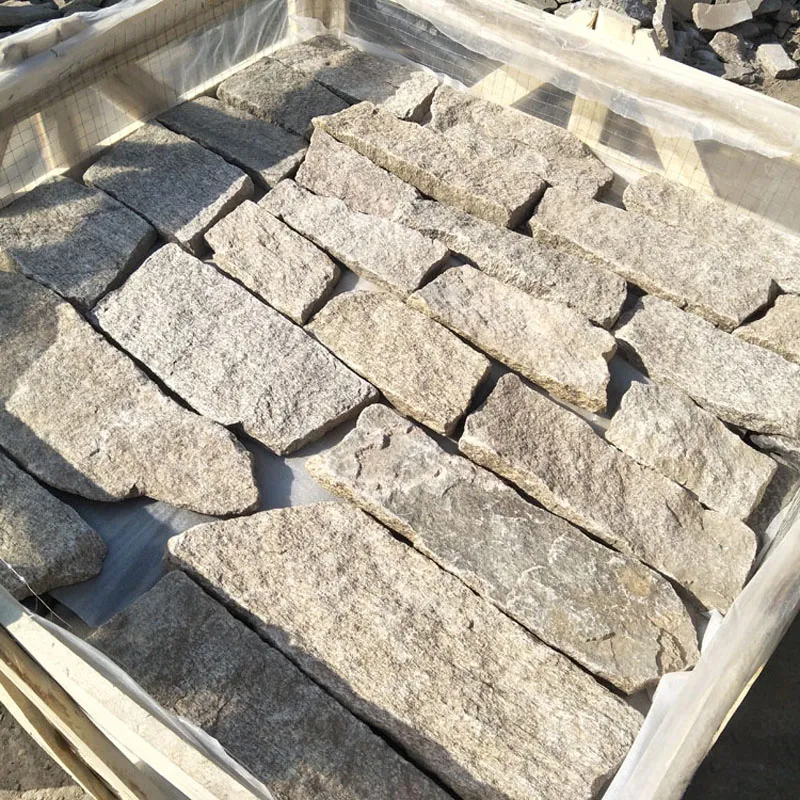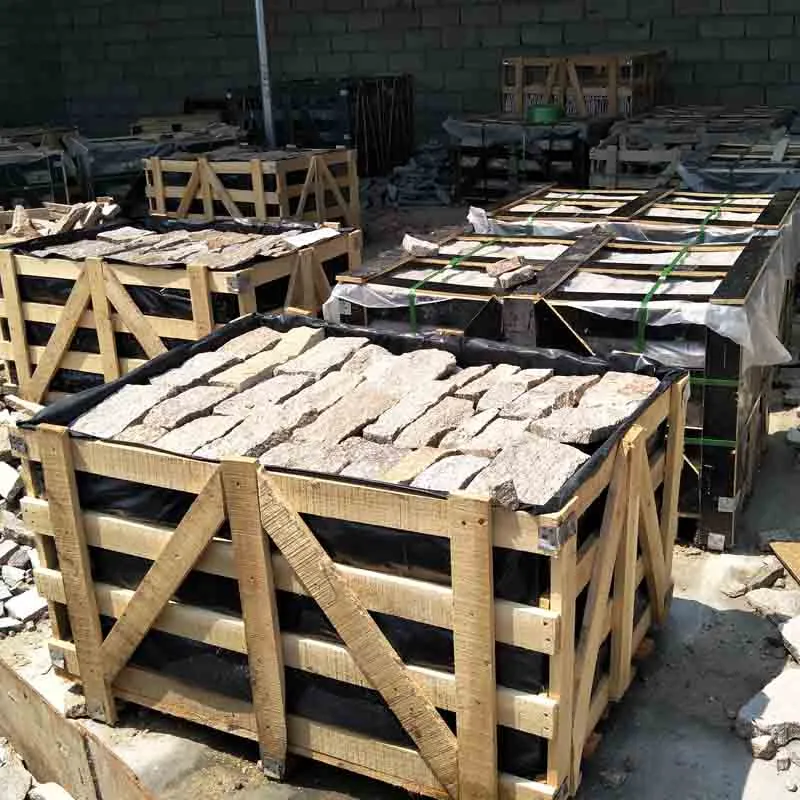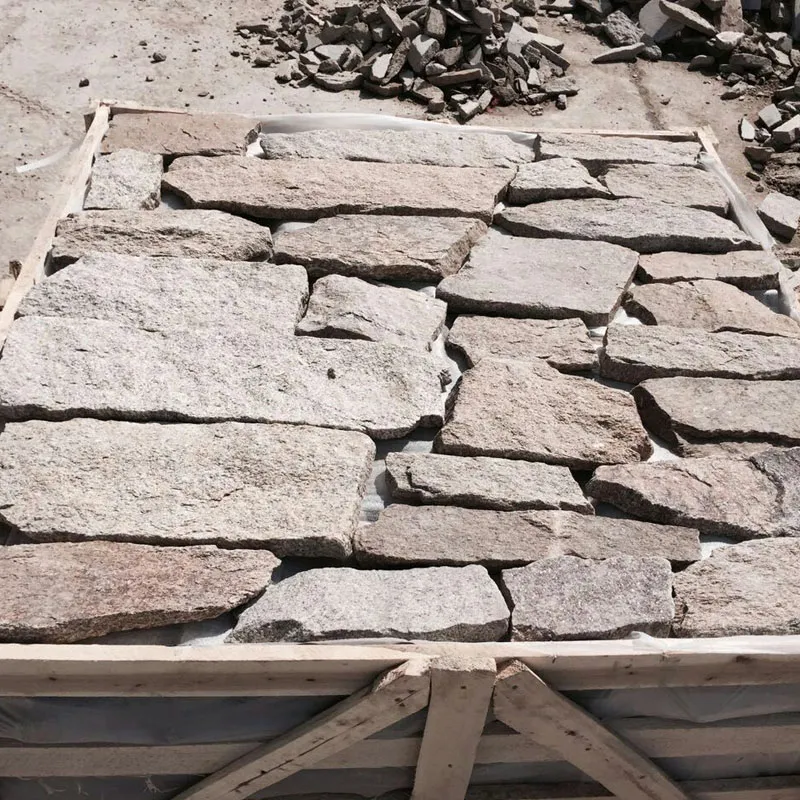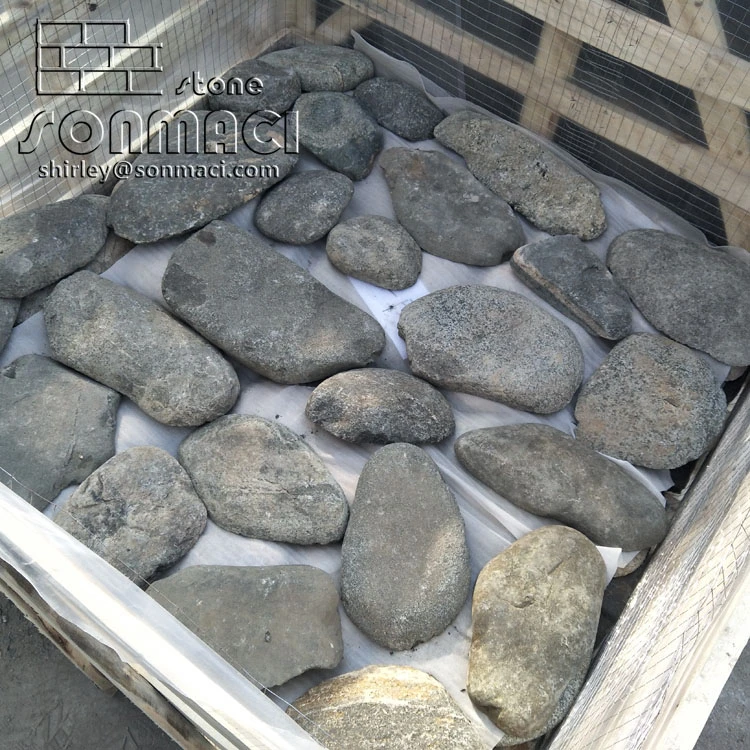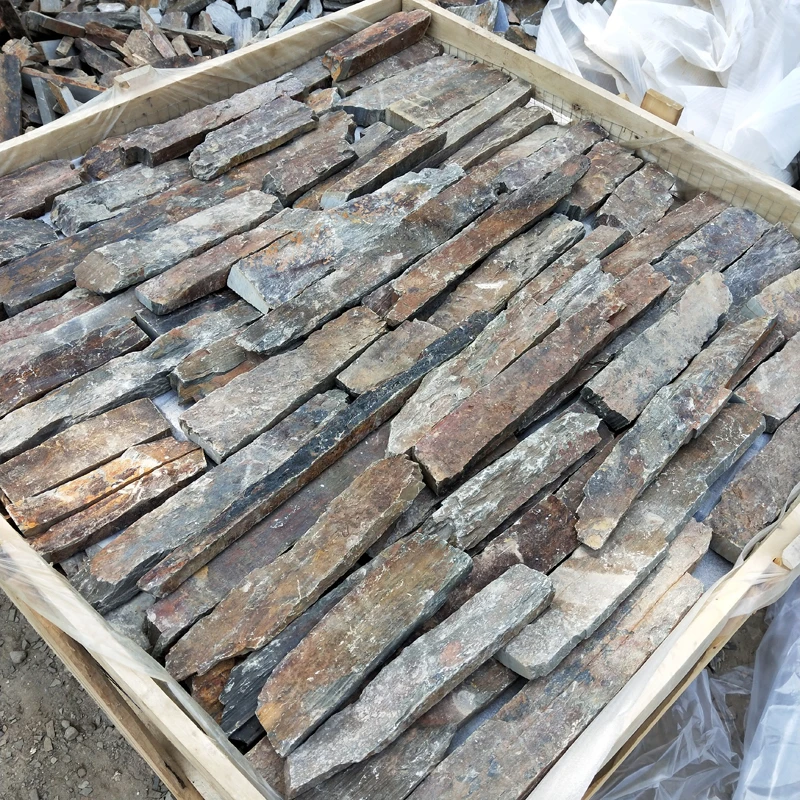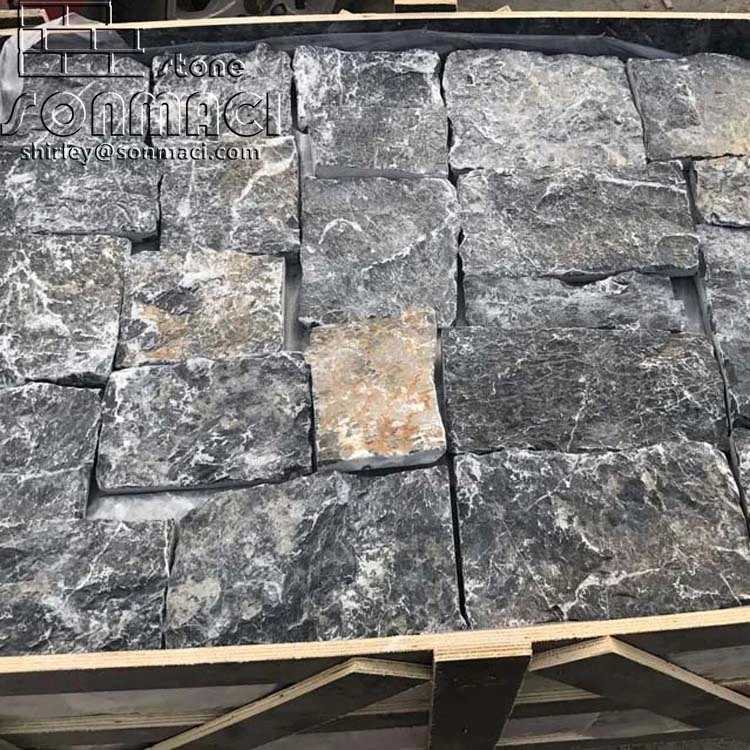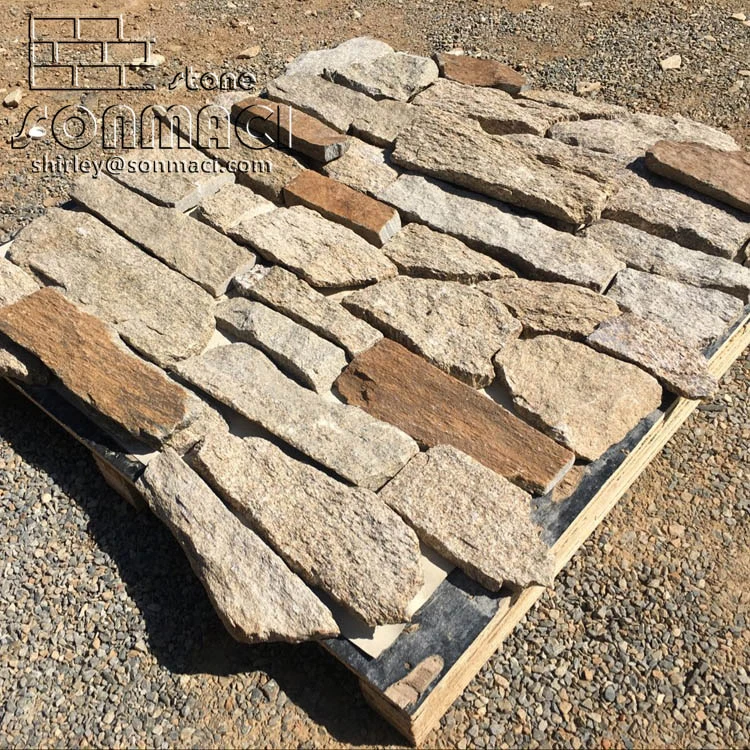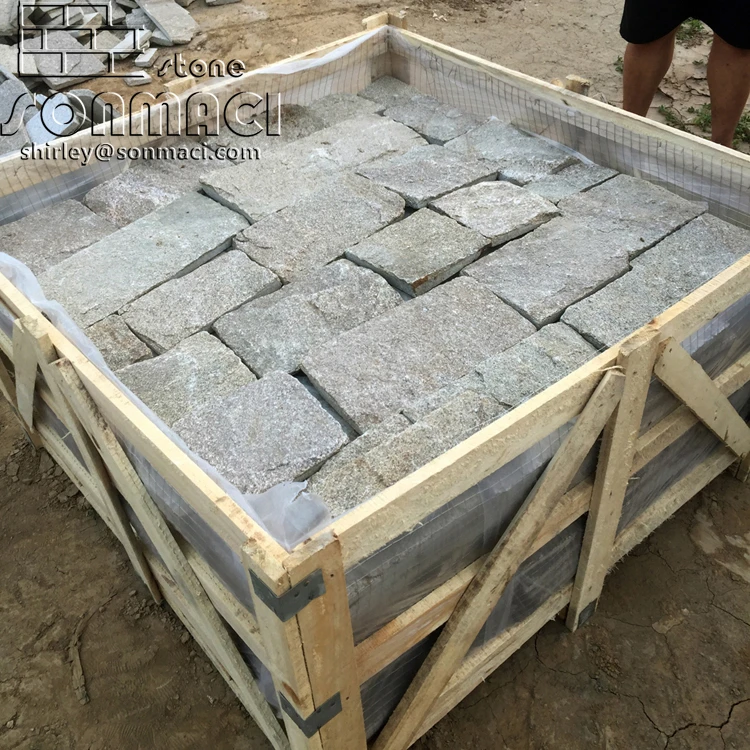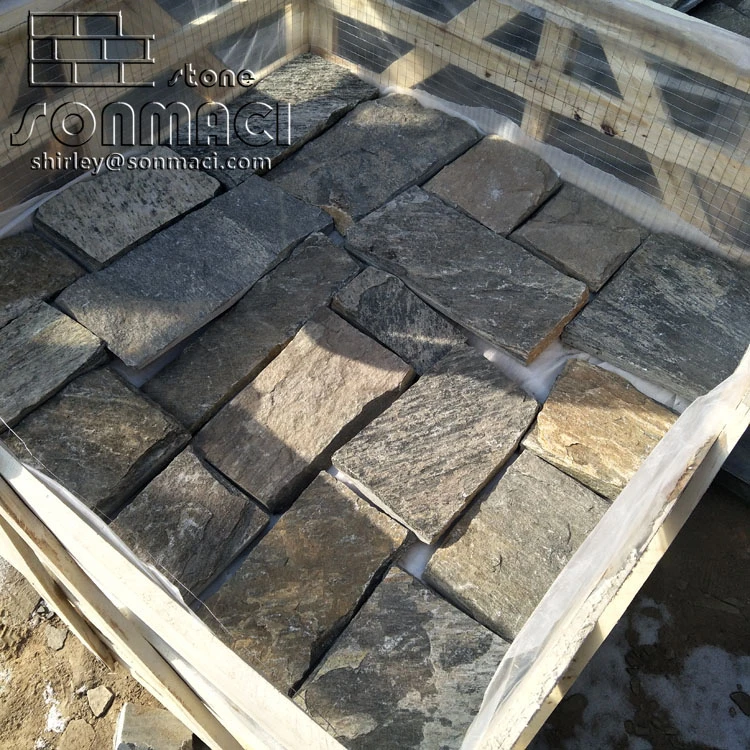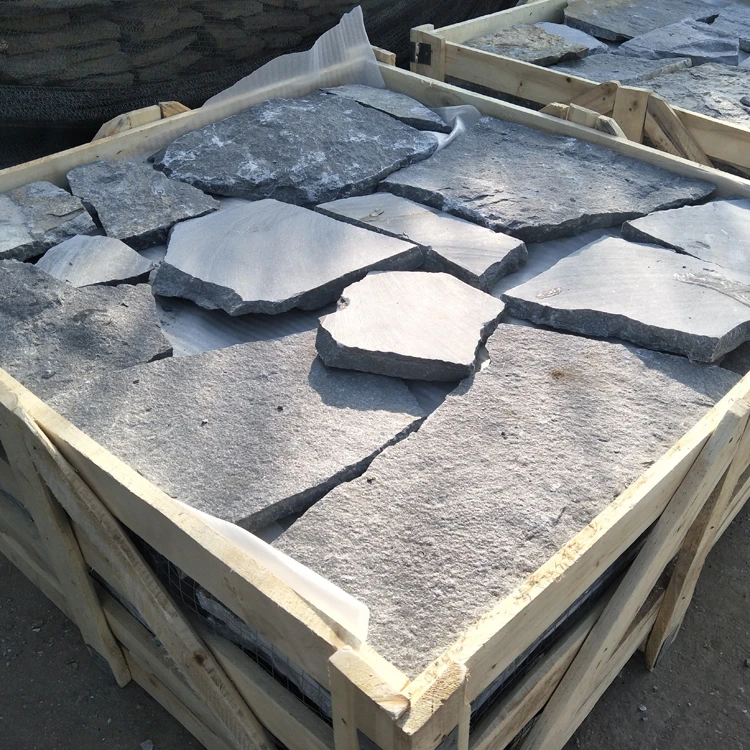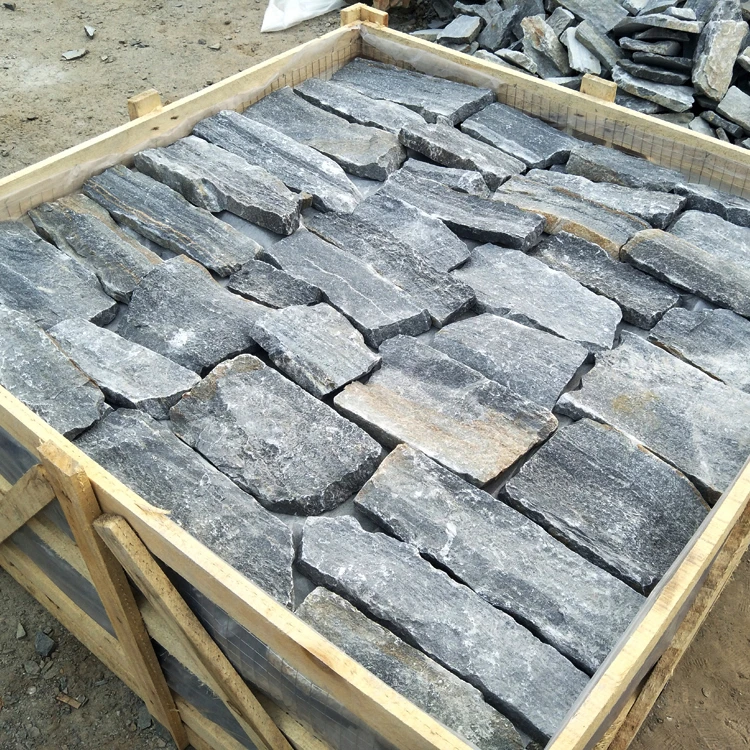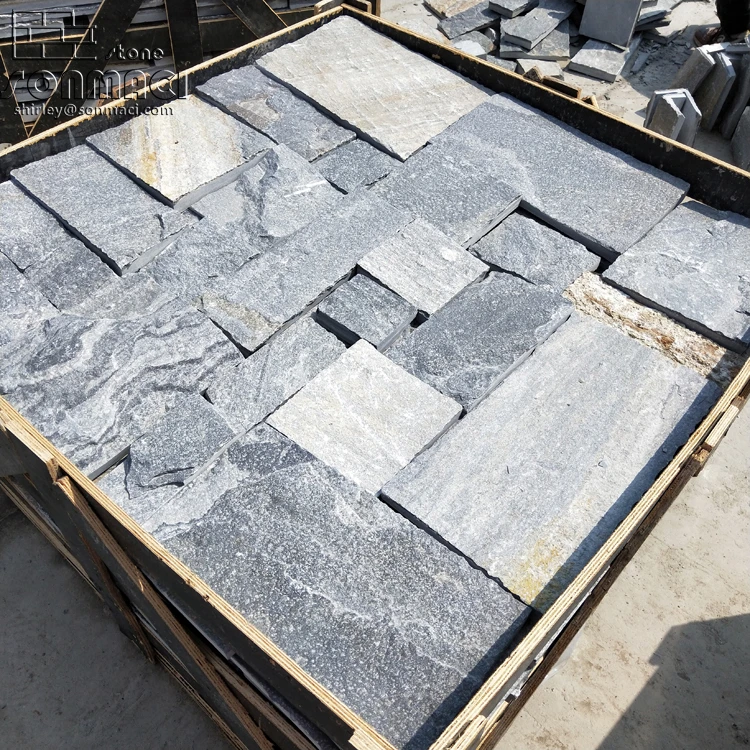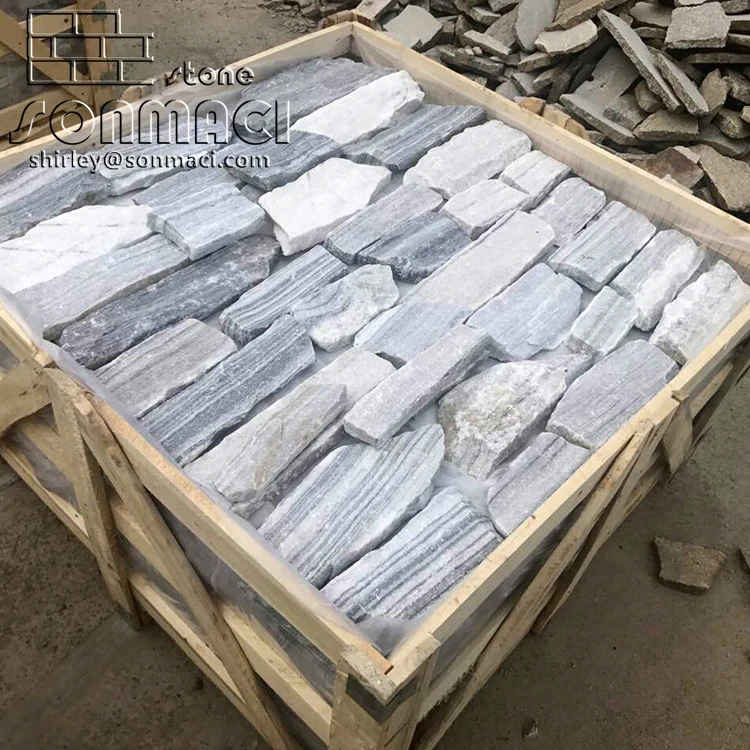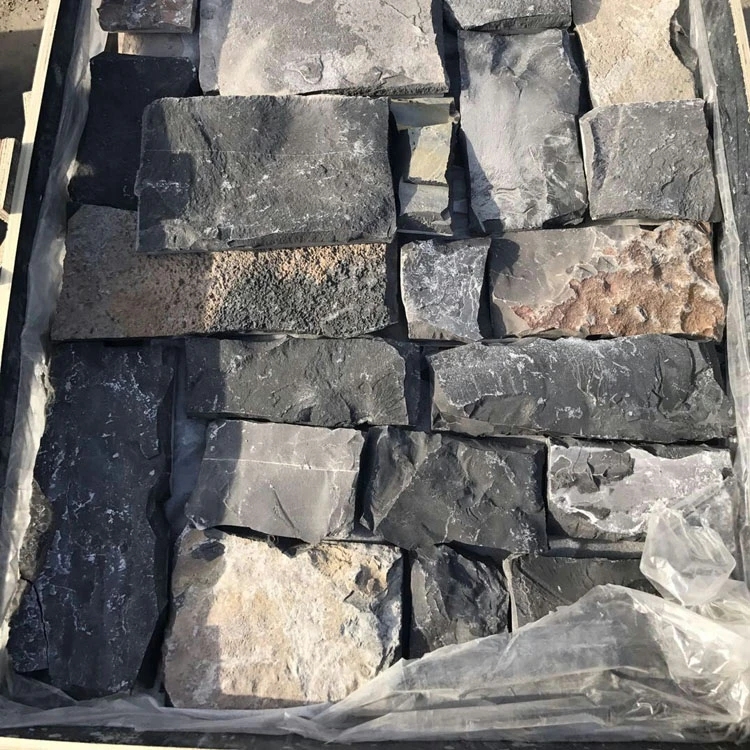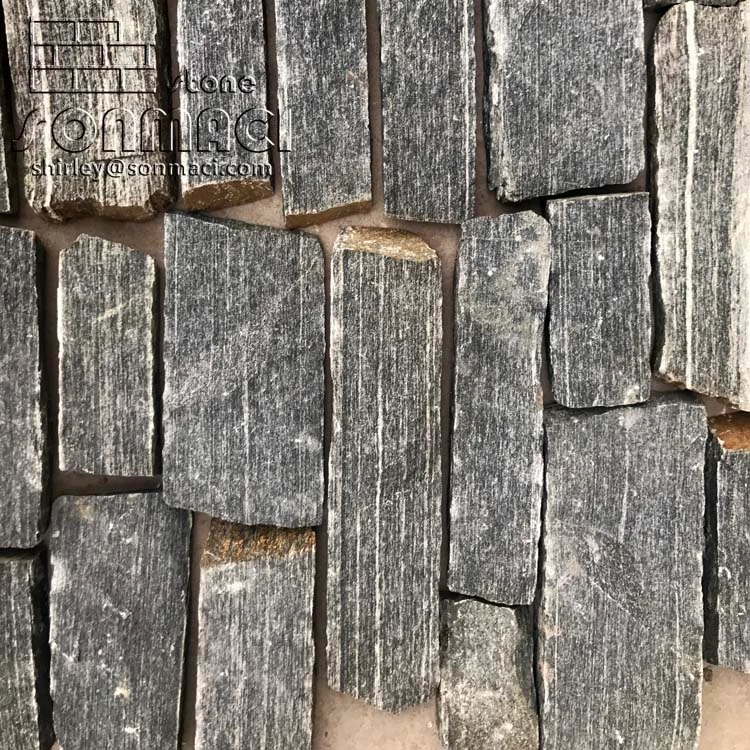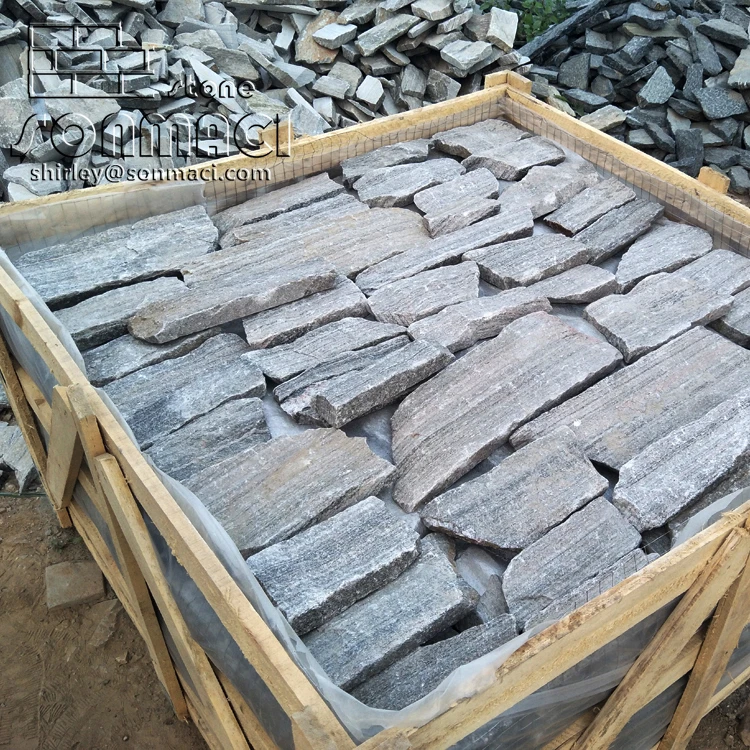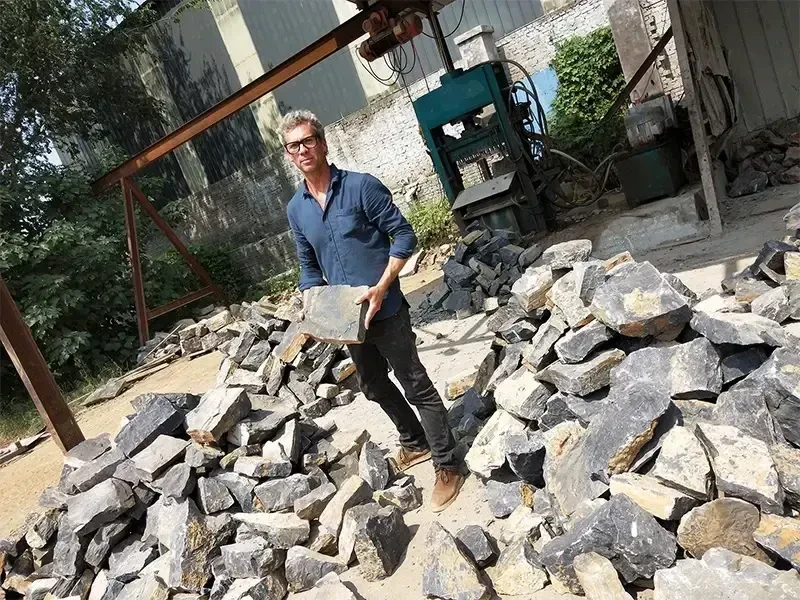Free Form Natural Slate Stone Veneer
|
Item |
Free form natural slate stone veneer |
|
Material |
slate / marble and other stone |
|
Color |
white /green/black/ rusty and more available |
|
Feature |
Riched veins, solid texture and bright colors, low water absorption,Resist acid,light,fire and coldness. |
|
Usage |
For indoor and out door walls , floor and ground decorating . Such as the floor and wall of bath room , swimming pools , halls ,entrance ,floor in lift and so on . |
|
Size |
Length:2"-14" W:1"-6" |
|
Packing |
15sqm/crate, export standard |
|
Loading Port |
TIANJIN |
|
Payment Item |
30% T/T in advance and 70% balance at once against the copy of B/L |
|
Delivery Time |
15 days for one 20 FCL after receive the deposit |
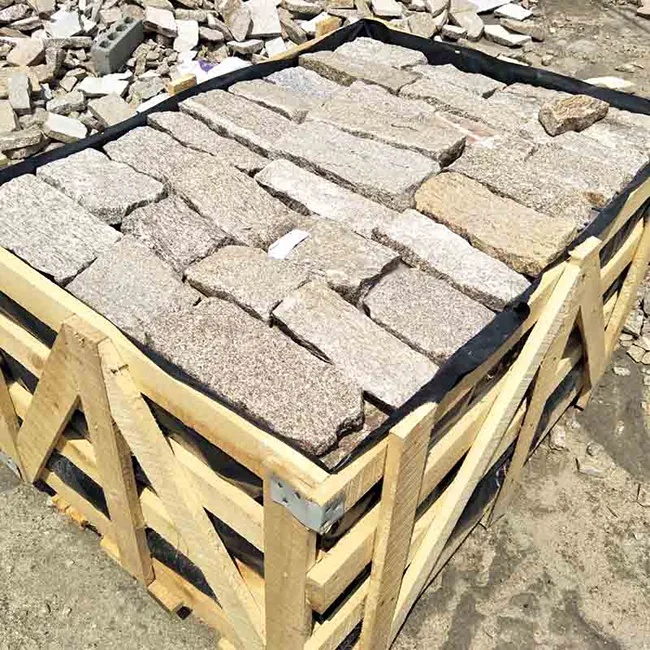
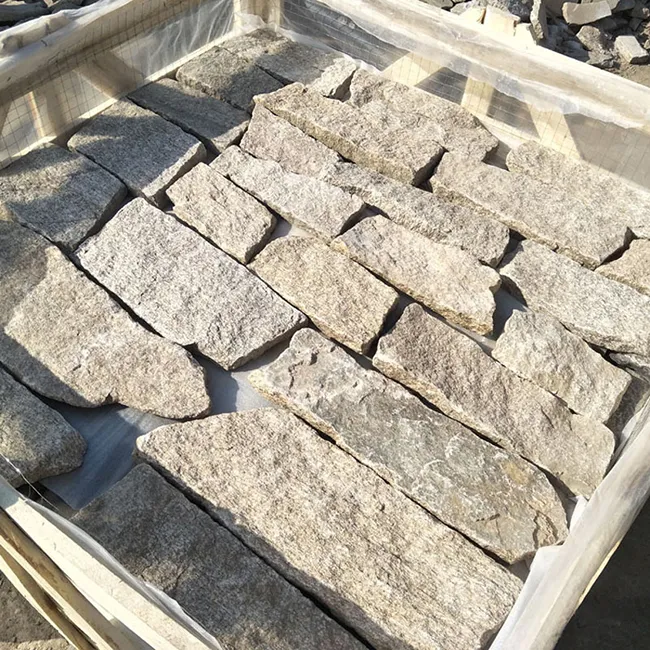
What is the benefit of natural slate stone veneer?
In an era where architecture increasingly seeks authenticity and connection to the natural world, slate stone veneer emerges as a material that satisfies both aesthetic desires and practical demands. This remarkable facing material distills the essence of geological time into thin, workable sheets that transform surfaces with their layered beauty and rugged character. Unlike flat, uniform cladding options, slate veneer brings dimensional depth to walls through its natural cleft texture—each piece a unique fragment of earth's history that catches light differently throughout the day, creating living surfaces that change with the sun's movement.
The inherent durability of slate makes its veneer applications particularly valuable for both interior and exterior settings. Formed under immense pressure over millions of years, this metamorphic rock possesses a dense structure that naturally resists water absorption, frost damage, and thermal shock—qualities that ensure facades maintain their integrity through decades of seasonal changes. When used externally, slate veneer acts as a protective skin that shields buildings from the elements while requiring virtually no maintenance, its natural oxidation only enhancing the richness of its color palette over time. Interior applications benefit from slate's thermal mass properties, helping regulate indoor temperatures while adding palpable substance to walls that drywall could never achieve.
Beyond performance, slate veneer offers unparalleled design versatility. The material's natural color variations—from moody charcoal grays to earthy greens and rusty reds—allow architects to create everything from monolithic, monochromatic walls to dynamic compositions that celebrate geological randomness. Modern installation techniques can arrange slate veneer in traditional stacked patterns, dramatic vertical orientations, or even mosaic-like arrangements that highlight the stone's organic irregularities. This adaptability makes slate equally at home in urban loft conversions, where it adds textural contrast to steel and glass, as in mountain retreats where it helps structures blend seamlessly with their rocky surroundings.
The sustainable advantages of slate veneer deserve particular attention in contemporary construction. As a natural material requiring minimal processing, it carries a significantly lower carbon footprint than manufactured cladding alternatives. Its longevity—often exceeding the lifespan of the buildings it adorns—makes it a truly sustainable choice that won't require replacement or generate construction waste. When sourced locally, slate veneer reduces transportation emissions while connecting architecture to regional geology, creating buildings that feel rooted in their place. Even at the end of its long service life, slate can be repurposed or returned to the earth without environmental harm.
Psychologically, slate veneered spaces create profound connections to the natural world that humans instinctively crave, especially in urban environments. There's an emotional weight to running one's hand across its cool, textured surface—a tactile reminder of earth's raw materials that no printed imitation can replicate. In commercial spaces, slate walls communicate permanence and authenticity; in homes, they create grounding, sanctuary-like atmospheres. Designers increasingly use slate veneer to craft what might be called "geological interiors"—spaces that celebrate rather than conceal their mineral origins.
Perhaps most compelling is slate veneer's ability to bridge design philosophies. It satisfies modernist desires for honest materials that express their inherent qualities, while fulfilling traditionalist longings for craftsmanship and natural patina. It works equally well in minimalist compositions where its texture provides subtle visual interest, and in maximalist schemes where its dramatic veining becomes a focal point. This chameleon-like quality ensures slate veneer remains relevant across changing design trends—a timeless material that never appears dated precisely because it wasn't created to follow fashion in the first place.
